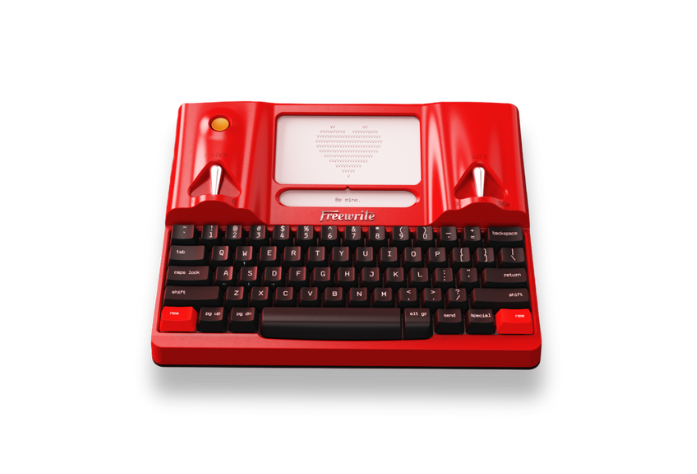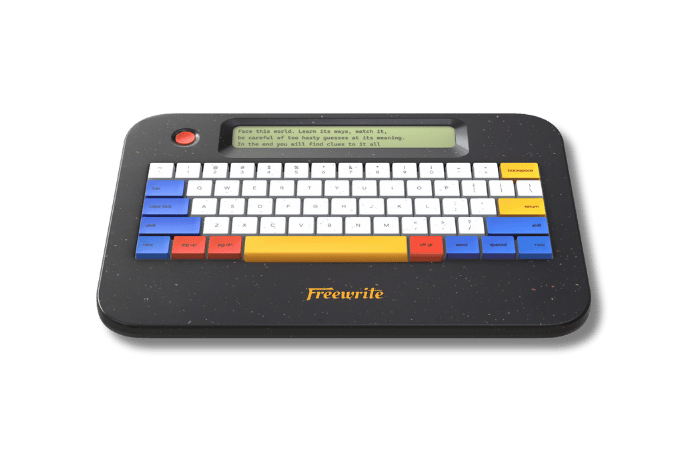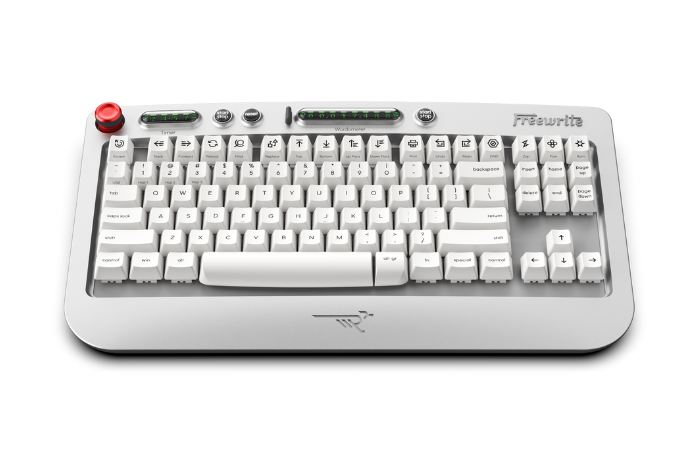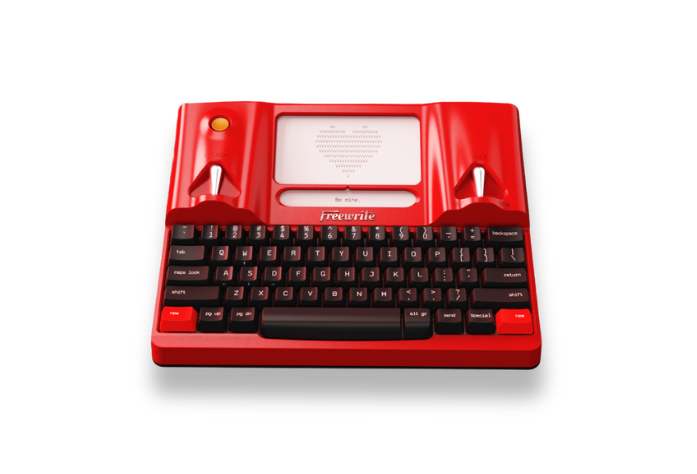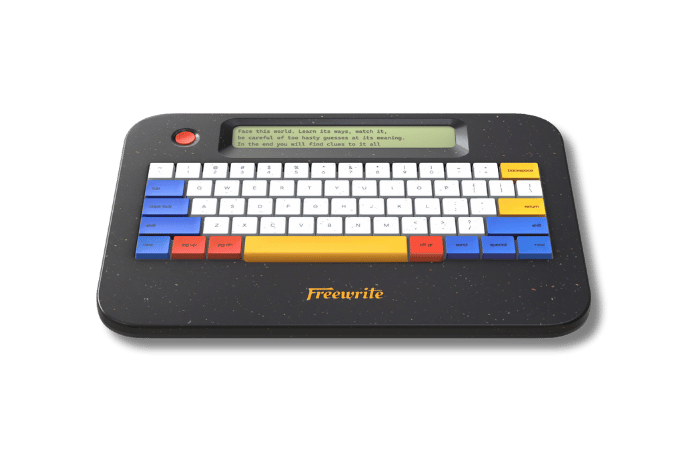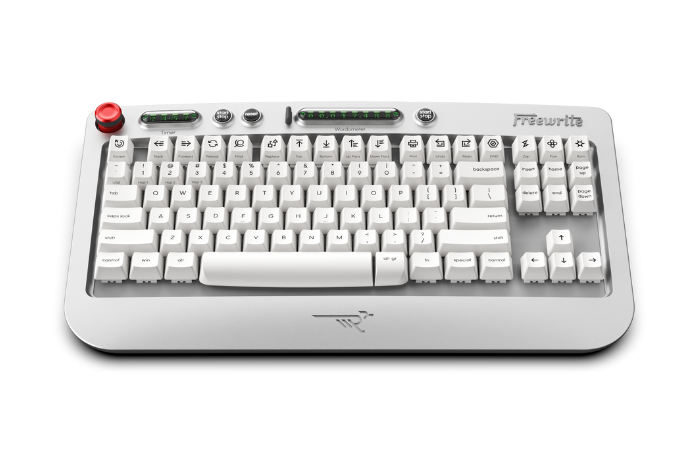Social media addiction is a growing concern in today's hyper-connected world. More than just a bad habit, this behavioral addiction is driven by carefully engineered design, powerful psychological triggers, and biological changes in the brain. Teenagers and young adults are particularly vulnerable, but anyone can fall into the trap. In this article, we’ll take a deep look at the causes of social media addiction, how it develops, and why it’s so hard to break free from.
What Is Social Media Addiction?
Before we explore the causes, it's important to understand what social media addiction is. Social media addiction refers to the compulsive use of platforms like Instagram, TikTok, Facebook, or X despite negative consequences. It shares traits with behavioral addictions such as excessive engagement, withdrawal symptoms, and lack of control. However, unlike substance use disorders, it revolves around habitual digital behavior, not chemicals.
Causes of Social Media Addiction
The Brain's Reward System and Dopamine
Social media addiction starts deep within the brain. Every time someone receives a like, comment, or new follower, the brain releases dopamine - a neurotransmitter responsible for pleasure and reward. This release reinforces the behavior, making users want to repeat it.
Over time, the brain builds a tolerance. Just like with drugs or gambling, users need more stimulation to feel the same high. This creates a cycle of increasing use.
Even worse, when the reward is taken away - like during a break from social media - users may feel withdrawal symptoms such as irritability, restlessness, or even depression. These symptoms aren't imagined. They are real chemical reactions to the sudden lack of dopamine.
Addictive by Design: How Platforms Keep You Hooked
Social media apps aren’t just addictive by accident - they are designed that way. Tech companies rely on advertising revenue, and that means keeping users on their platforms as long as possible. To achieve this, they implement behavioral psychology models to manipulate user behavior.
One commonly used framework is the Fogg Behavioral Model, which involves:
-
Motivation: Users are motivated by the desire for likes, validation, and fear of missing out (FOMO)
-
Ability: The apps are easy to use and always available on mobile devices
-
Trigger: Push notifications, vibration alerts, and badges act as cues to re-engage with the platform
These three elements come together to turn casual use into compulsive behavior.
Fear of Missing Out (FOMO)
FOMO is a major psychological trigger that keeps users glued to social media. It’s the fear that if you’re not constantly connected, you’ll miss something important - a message, an event, a joke, or even a trend. This fear is especially powerful among teenagers and young adults who are highly sensitive to peer approval and social belonging.
Social media platforms exploit FOMO by pushing notifications and updates that suggest constant activity and connection. Missing out feels like a threat to one’s social identity, driving users to check apps again and again.
Adolescent Brain Development and Vulnerability
Teenagers are not just light users of social media - they are some of its most frequent users, and they are biologically more vulnerable to addiction. During adolescence, the brain undergoes major changes, especially in areas responsible for decision-making, impulse control, and emotional regulation.
This developmental period is also when peer approval becomes a dominant social need. Likes and comments on social media become quantifiable signs of acceptance or rejection. Each interaction can have a real impact on how a teen feels about themselves.
Because their brains are still developing, adolescents are more impulsive and less capable of weighing long-term consequences. They are more likely to get stuck in the cycle of compulsive use, even when it negatively affects their mental health, sleep, and school performance.
Instant Gratification and Variable Rewards
Another key factor behind social media addiction is the concept of variable rewards. Not every post gets the same number of likes, and not every session leads to a viral moment. This unpredictability keeps users coming back for more, much like a slot machine.
The anticipation of a reward - not just the reward itself - keeps the brain engaged. This is especially true when the potential reward is social validation.
Over time, this need for instant gratification makes users more impatient, more anxious when disconnected, and more reliant on digital stimulation to feel good.
Withdrawal and Tolerance
When someone addicted to social media tries to stop or reduce their usage, withdrawal symptoms often occur. These can include:
-
Irritability
-
Mood swings
-
Difficulty sleeping
-
Loss of interest in other activities
-
Increased anxiety or restlessness
The body has adapted to frequent dopamine hits, and when that supply is cut off, it struggles to maintain emotional balance. In addition to withdrawal, users also experience tolerance. This means they need to spend more time on social media or receive more validation to feel the same pleasure they once got from fewer interactions.
Emotional Coping Mechanism
Social media can also become a coping mechanism. Many users turn to platforms when they feel lonely, anxious, bored, or depressed. At first, this might seem harmless. After all, scrolling through memes or chatting with friends can offer distraction.
But over time, this behavior reinforces a dependence on social media to regulate emotions. Instead of learning healthy coping skills, users become reliant on digital validation and distraction.
This is especially dangerous for individuals already struggling with mental health issues. What starts as a coping strategy can quickly become an addiction that worsens emotional well-being.
External Triggers: Notifications and Design Cues
Notifications play a huge role in keeping users engaged. Each buzz, ping, or red badge acts as a trigger, prompting users to check their phones. These triggers are timed and crafted to maximize attention. Sometimes they alert users to a real interaction. Other times, they are designed to bring users back even when there is nothing urgent happening.
The design of the platforms also encourages infinite scrolling, auto-play videos, and suggested content. These features eliminate stopping points and make it easy to lose track of time.
Cultural and Social Pressures
Social norms also contribute to social media addiction. In many circles, being on social media is not optional - it’s expected. Events, invites, and conversations often take place entirely online. Teens especially feel pressure to maintain their digital presence to avoid feeling excluded.
The social value placed on visibility, likes, and followers can make users feel that their worth is tied to their performance on these platforms. This pressure adds to the addictive nature of social media, making it feel like logging off means falling behind in real life.
Risk Factors for Social Media Addiction
While anyone can become addicted to social media, certain factors make individuals more vulnerable. These include:
-
Gender: Research shows that girls are more likely to become addicted to social media, while boys lean toward gaming
-
Low self-esteem: Individuals who lack confidence in face-to-face interactions may rely more heavily on online validation
-
Pre-existing mental health issues: Teens and adults with depression, anxiety, or social phobia are at higher risk
-
Impulsivity: Those who tend to act without thinking may be more prone to compulsive scrolling and checking
-
Loneliness: People who feel isolated often turn to social platforms for connection, which can create dependency
The Vicious Cycle
One of the most dangerous aspects of social media addiction is the vicious cycle it creates. Here’s how it works:
-
A user feels lonely or anxious
-
They open social media to distract themselves
-
They compare themselves to others and feel worse
-
The negative feelings increase anxiety or depression
-
They return to social media for relief
-
The cycle continues
This loop can trap users for months or even years, especially when they are unaware of what’s happening.
How to Recognize the Signs
Being aware of the signs of social media addiction is the first step toward change. Look for these red flags:
-
Losing track of time while using social media
-
Feeling anxious or irritable when unable to check your phone
-
Prioritizing online interactions over real-life relationships
-
Using social media as a way to avoid problems or uncomfortable feelings
-
A constant need to check notifications even in the middle of other tasks
If any of these behaviors are familiar, it may be time to assess your relationship with social media.
Distraction-Free Writing Devices: A Practical Solution
In a world saturated with constant digital noise, distraction-free writing devices have emerged as a powerful solution for those struggling to reclaim their focus. Social media addiction thrives on instant notifications, endless scrolling, and dopamine-driven design - exactly the kind of environment these tools are designed to eliminate.
Freewrite offers a range of distraction-free writing devices built specifically to support deep work. By removing internet access, social apps, and pop-up distractions, Freewrite devices help writers, students, and professionals reconnect with uninterrupted thought. Whether you're drafting a novel, journaling, or simply brainstorming ideas, these tools create the kind of environment where meaningful focus can flourish.
These devices provide a minimalist writing experience using e-ink or LCD displays, mechanical keyboards, and built-in cloud syncing. Supporting services further streamline the workflow by organizing drafts or offering a fast-paced writing challenge.

Valentine Smart Typewriter
The Valentine Smart Typewriter is a bold, romantic reimagining of Freewrite’s flagship Gen3 typewriter. Finished in bright red with elegant white accents, it offers distraction-free writing with modern features for serious creatives. It combines vintage charm with 21st-century technology for an unmatched typing experience.
-
Full-size mechanical keys for satisfying tactile feedback
-
E Ink display for paper-like readability in any light
-
Built-in Wi-Fi with automatic cloud sync
-
Long battery life for portable writing sessions
-
Ideal for writers who want form and function in one device

Alpha – Cosmic Edition
The Alpha Cosmic Edition is a space-inspired twist on Freewrite’s lightest and most affordable writing tool. This limited edition design features a starry print and streamlined functionality, built to help you focus anywhere. It’s perfect for writers who want portability without losing the power of distraction-free productivity.
-
Full-size mechanical keyboard with quiet switches
-
LCD screen for clear, glare-free typing
-
Weeks of battery life on a single charge
-
Instant-on experience - just open and write
-
Lightweight and travel-friendly with a rugged design

Hemingwrite
TheHemingwrite is a tribute to classic writing and minimalist productivity. With a retro look and modern tech under the hood, it brings Hemingway’s no-nonsense approach to the digital age. Built for writers who value style and simplicity, it’s a collector-worthy tool with professional-grade features.
-
Vintage-inspired aluminum chassis with timeless design
-
Sharp E Ink display for distraction-free drafts
-
Mechanical keyboard modeled after old-school typewriters
-
Automatically saves your work locally and to the cloud, backing it up over Wi-Fi and syncing it with Freewrite’s Postbox web app
-
Crafted for passionate writers, editors, and creators
Final Thoughts
Social media addiction is not just a product of weak willpower or lack of discipline. It’s the result of carefully crafted digital environments, psychological vulnerabilities, and powerful brain chemistry. For teenagers, young adults, and even mature users, understanding the causes of this addiction is essential for breaking free.
By recognizing how social platforms are engineered to capture attention, and how our brains respond to these cues, we can take steps to protect our mental health and create a healthier relationship with technology.
FAQ
What makes social media so addictive?
Social media is addictive because it taps into the brain’s reward system by releasing dopamine whenever users receive likes, comments, or messages. These platforms are also designed to keep people engaged through infinite scrolling, unpredictable rewards, and frequent notifications.
Why are teenagers more vulnerable to social media addiction?
Teenagers are at a developmental stage where peer approval and social belonging are extremely important. Their brains are still maturing, especially in areas related to impulse control and decision-making, making them more susceptible to compulsive behavior and emotional dependency on online validation.
Can social media addiction cause real withdrawal symptoms?
Yes. When someone addicted to social media tries to cut back or stop, they can experience irritability, mood swings, difficulty sleeping, and a lack of enjoyment in other activities. These symptoms result from changes in the brain's chemistry and mirror withdrawal effects seen in other types of addiction.
How does fear of missing out (FOMO) contribute to addiction?
FOMO creates anxiety about missing out on conversations, events, or opportunities. This fear keeps users constantly checking their phones to stay connected and up-to-date, reinforcing a cycle of compulsive use.
Is social media addiction a recognized medical condition?
While it is not officially classified as a clinical disorder in most diagnostic manuals, social media addiction is widely recognized by psychologists as a form of behavioral addiction with real mental and emotional consequences.
Are certain personality traits linked to a higher risk of addiction?
Yes. Individuals who are impulsive, have low self-esteem, or struggle with anxiety and depression are at a higher risk of developing a dependency on social media, often using it to escape negative feelings or social discomfort.
Can social media addiction be treated?
Absolutely. Treatment options include therapy, digital detox plans, setting usage limits, and learning healthier coping strategies for emotional distress. In more severe cases, professional support from a psychologist or counselor can be very effective.




